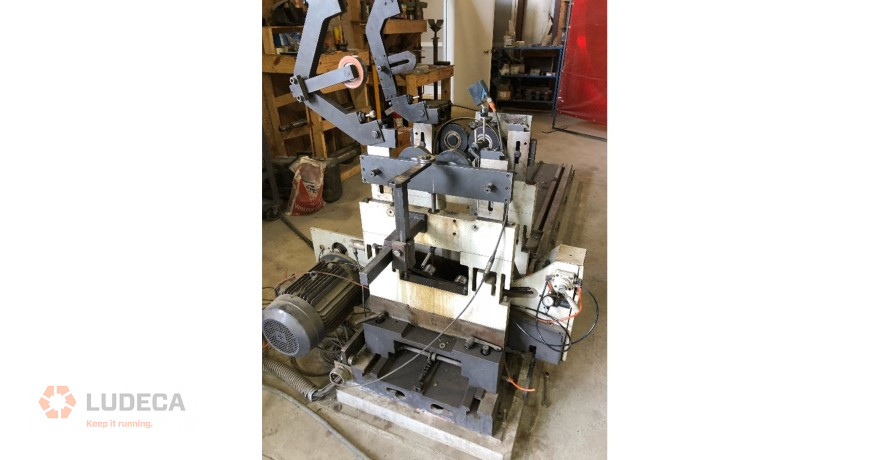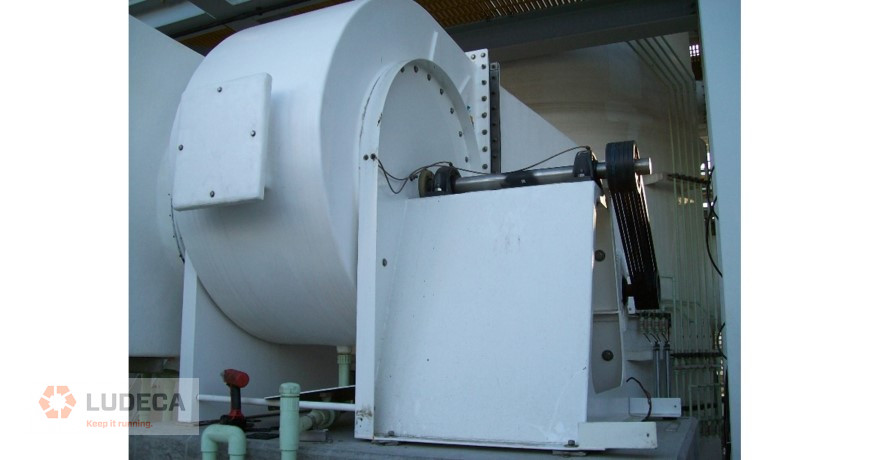Shop Balancing may involve the use of a balancing stand to spin either component, component assemblies, or rotors, so that these may be balanced prior to the final assembly or actual on-site installation. This type of balancing can also refer to the practice of balancing a completely assembled unit (fan, motor, pump, etc.) at the manufacturer, or repair facility, prior to shipment to a customer.

Field Balancing is the practice of balancing a machine after it has been installed on-site where it is to be used. Field balancing is not only a valuable procedure for equipment which has seen extended service in the field, but frequently for new installations or rebuilds, even when the rotor has been shop balanced. Operating frequency, rotor stiffness, the bearing support and its stiffness, load, and drive conditions all contribute to the final running condition of the assembly. Specifications which are met in the shop may not be satisfied on-site under final operating conditions. Once put into service, the rotor balance may change due to stress relieving, erosion, particulate buildup, etc.
The balancing of rotating assemblies in the field has several significant advantages:
- The rotor is balanced in its own bearings.
- The rotor is balanced at normal operating frequency.
- The rotor is balanced at normal load.
- The rotor is driven as it is driven during normal operation.
- Tear down, re-assembly, and re-alignment are not necessary.
- Downtime is greatly reduced.

Download our 5-Step Balancing procedure for a simple and effective procedure for doing field balancing. Pair it with our 2-plane VIBWORKS Field Balancer to identify and correct unwanted consequences of equipment unbalance to achieve an optimal balancing job!
Related Blog: What it Takes to be Successful at Balancing
Filed under:
Balancing by Gary James CRL
